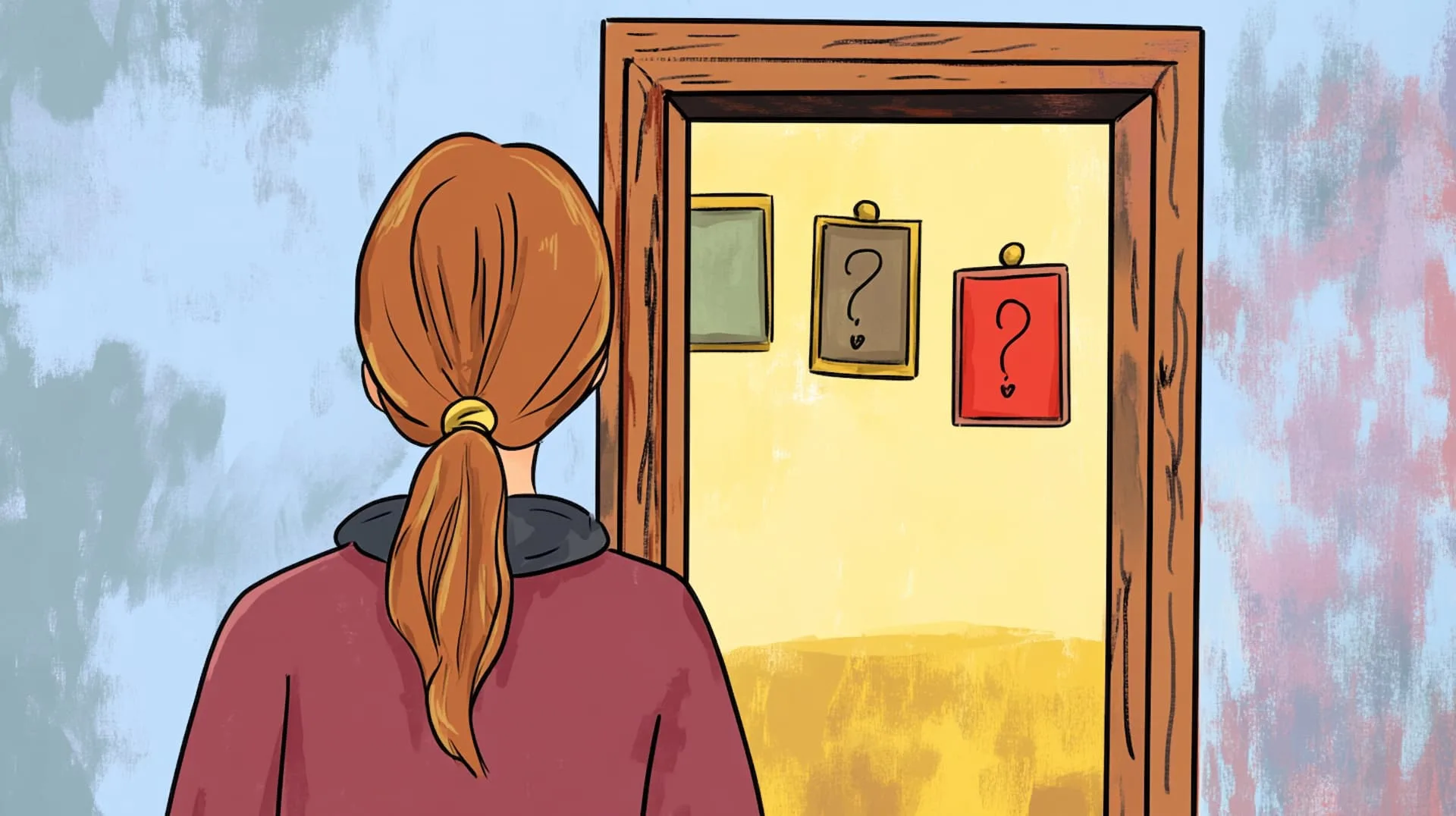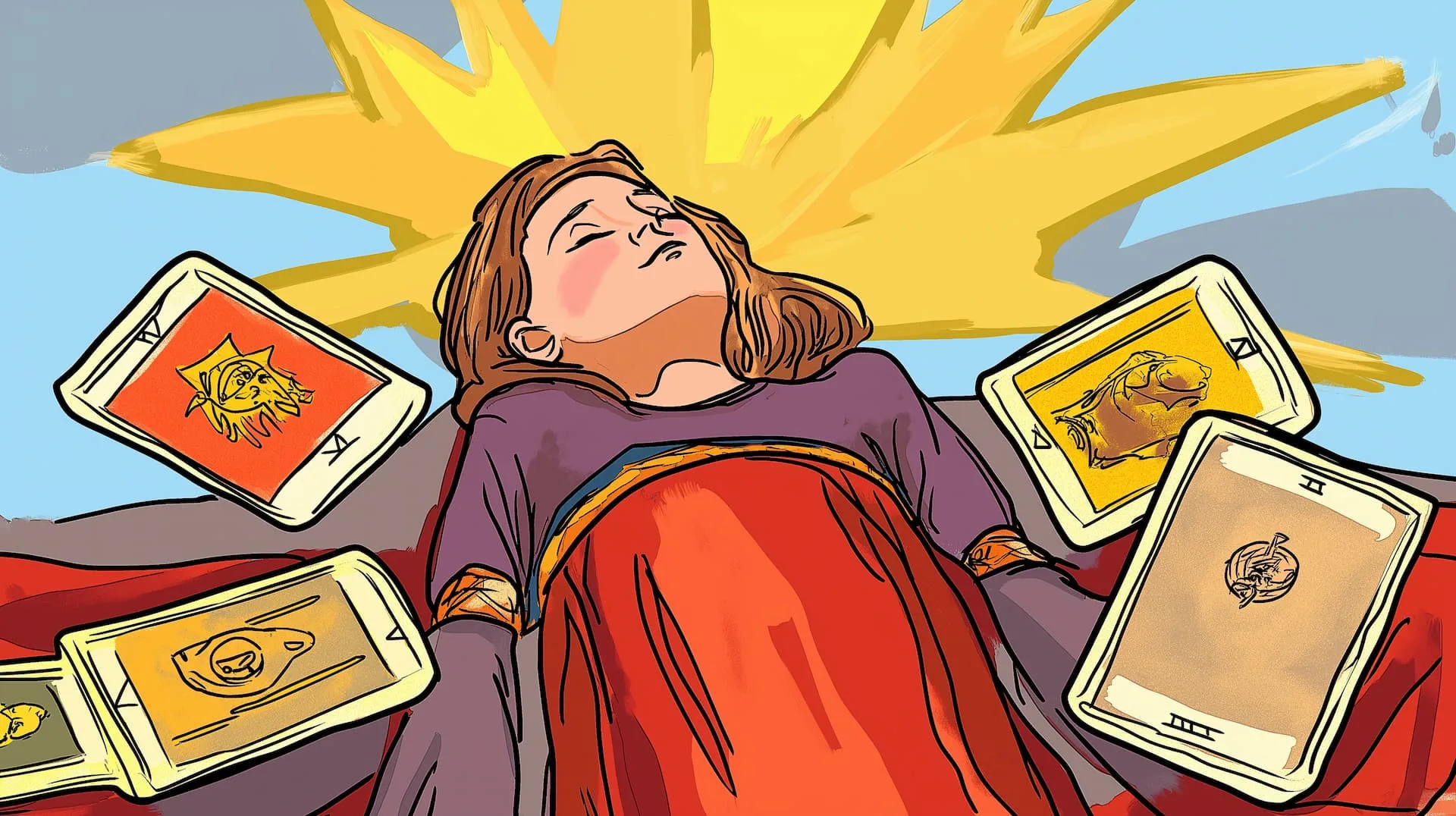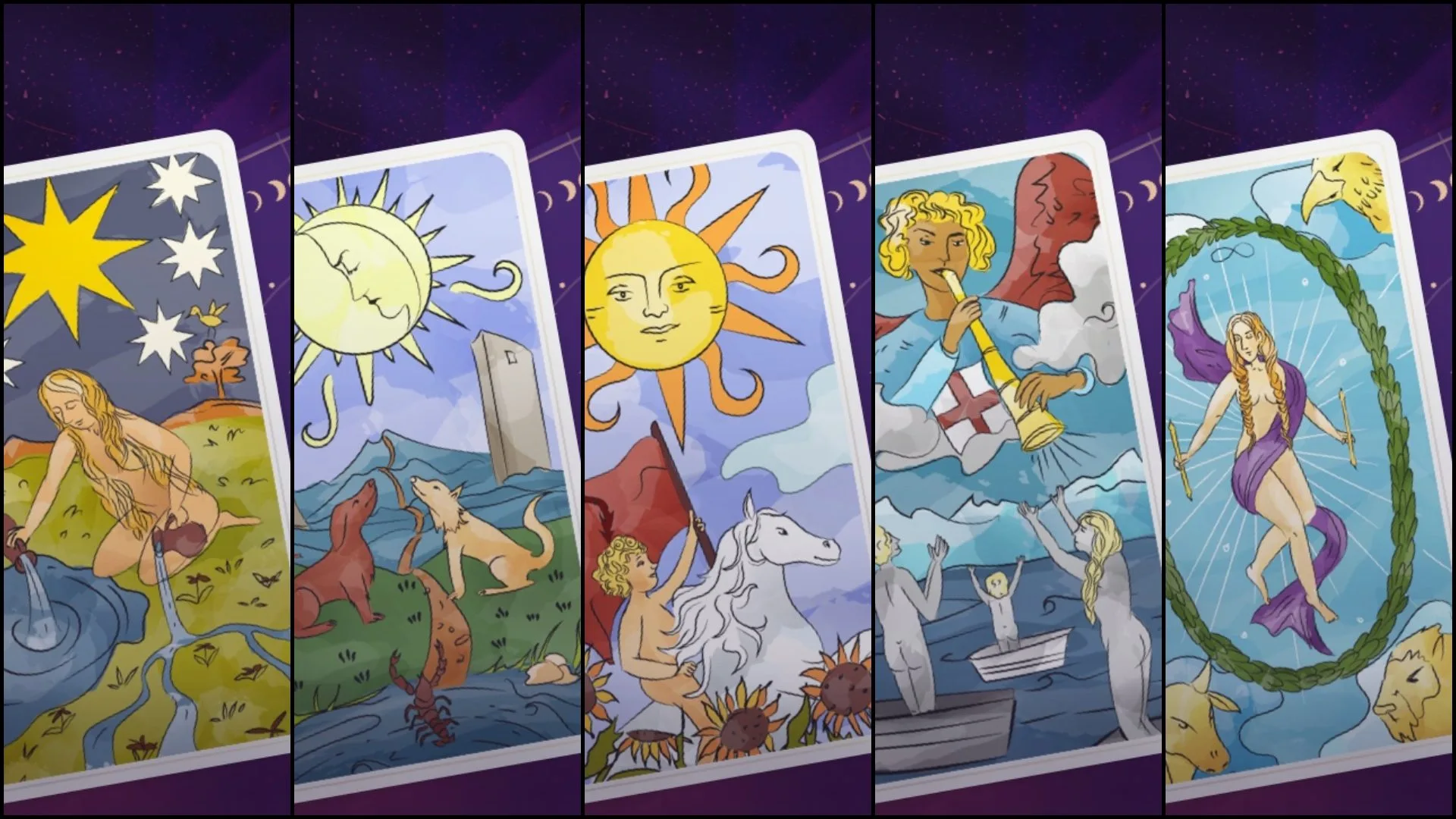
If you’re passionate about tarot, you’re probably aware of the famous yes or no readings. They’re simple and straightforward and provide quick guidance regarding all kinds of answers. This way, even those who are new to tarot reading can easily practice without feeling overwhelmed.
So, can I ask tarot cards yes or no? Absolutely, let’s find out how to do such a reading by the book.
Can I Ask Tarot Cards Yes or No?
When asking tarot cards a yes or no question, you can get multiple answers, meanings, or interpretations. Basically, the cards won’t necessarily tell you to apply for a job as an accountant in a particular company. Instead, it may indicate whether or not a career change is suitable at the moment.
Cards are helpful if you need a quick answer. Advice is usually straightforward, but it’s up to the interpretation to be adjusted based on your unique circumstances. Since such readings are very simple, they make an excellent starting point for new tarot readers as well.
Once the question is asked, you can normally use a single card. However, there are also spreads with a few other cards in case you need further guidance.
How to Find Accurate Answers in Yes or No Readings
A yes or no reading works best when you need a quick answer. Such decisions are usually made for the near future, rather than long term plans. Obviously, the question you ask should have a yes or no answer. You can’t ask for other details.
Most people rely on the yes or no reading to figure out an outcome for a particular situation. It could be a job interview or perhaps a new relationship. For an experienced reader, the meaning is seen as favorable or unfavorable circumstances rather than the actual outcome.
At the same time, some cards indicate a yes regardless of what’s asked, while others indicate a no.
Yes and No Cards in the Tarot Deck
Generally speaking, yes or no readings should be plain and simple. For instance, many readers take the upright position of a card as a yes, while the reversed one is a no. That’s only one type of interpreting cards.
Many cards also have their own meanings. For instance, an upright position could be a hesitant no, while a reversed one could be a strong no. It depends on what’s depicted in the card and what its general interpretation is, not to mention the question.
Before drawing a card, the deck should be balanced in terms of upright and reversed positions. Shuffle them, cut them, turn them around while cutting, reshuffle, and so on for a few minutes for a more random result.
While shuffling, it’s important to think about the question and put it in the universe.
A different way to interpret cards is more personal. For instance, you can split the deck into three smaller decks. One of them has yes cards, another has no cards, and the last one has maybe cards. You need to write down what card goes in which category. Shuffle, draw one, and see its meaning.
How to Do a Yes or No Reading
There are more ways to do a yes or no reading. Most commonly, a single card will do. Ask the question while shuffling cards, pull one and turn it, then interpret it according to its meaning, position, and original question.
Yes or no readings can also be more sophisticated. For example, you can ask the question while shuffling cards, then draw one card. Focus on the question again and draw a second card, then do the same for a third card.
Once you’re done, you can turn over the three cards. If you have three yes cards, the answer is obviously positive. If you have two yes cards and a no card, the outcome could be positive, but there might be a challenge on the way. Alternatively, predominant no cards will indicate a negative outcome.
If you want more reassurance, you can also try five or even seven cards for the spread. Keep the number odd in order to get clarity for your answer.
Things to Remember During a Yes or No Reading
Throughout the reading, you need to focus on the actual question and what it means for you. Focus on potential outcomes and the circumstances associated with them.
Once you’re done with the reading, you can also pull an extra card for extra clarification in case there are still some questions. This extra card will only bring in additional details and shouldn’t interfere with the yes or no answer.
While tempting, don’t try to pull out too many cards for extra information because the reading can get confusing. That’s why keeping it simple is the best thing you can do, and that’s why the single card reading is the most effective one for most readers.
Last, but not least, it’s just as important to reflect on the reading. Your inner reflection will have a big impact on the reading and may pinpoint the best thing to do. After all, the cards are the same for everyone, so you need to actually adjust this reading based on your unique situation.
Meditation is often a preferred solution to enhance and reflect on the result of the reading. At the same time, it’s just as important to discuss it with others, especially close friends with a similar passion for tarot. After all, if you’re not very experienced, you risk having some blind spots in the interpretation.
Even the answer isn’t what you are looking for, consider how the guidance might help you reassess your choices. Remember, life is ever-changing, and what might be a “no” today could become a “yes” tomorrow.




